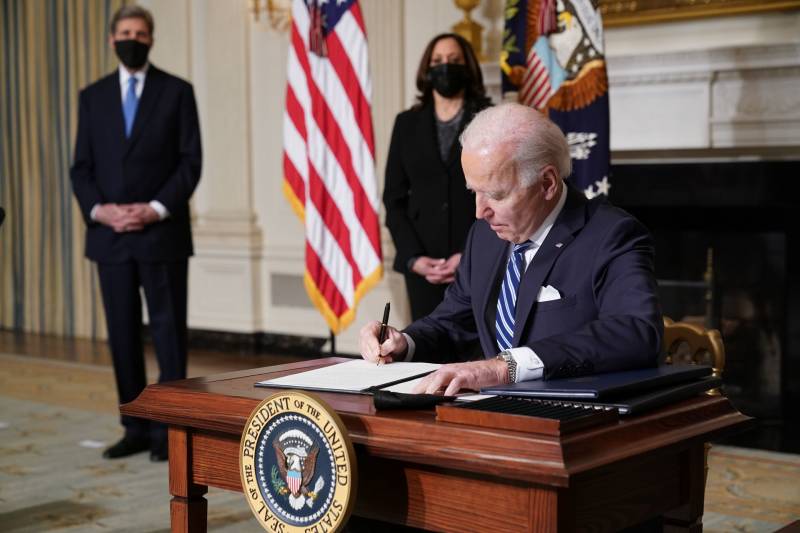Banning fracking by 2024, phasing out all new sales of gas-powered cars by 2035, and achieving carbon neutrality 10 years later are just a few of California’s goals making it a leader among U.S. states in tackling climate change. But a new pledge from the White House to halve nationwide greenhouse gas emissions by 2030 from 2005 levels could for the first time leave the state lagging behind the federal government on climate policy.
“On paper, the U.S. government is at least temporarily ahead of California,” said Dan Kammen, director of UC Berkeley’s Renewable and Appropriate Energy Laboratory. “That’s amazing to say, because basically we were always ahead at the state level.”
President Biden’s goal could push California to be more ambitious, Kammen says. Which is something the state needs to do, according to Jason Barbose, the Union of Concerned Scientists’ senior policy manager for the Western U.S.
“California has been there to really help spearhead action,” Barbose said. But the state’s “current goals are not keeping up with the rest of the world, and, more importantly, not keeping up with the science [which] tells us that deeper cuts are essential to stave off the worst impacts of climate change.”
Because California emission targets are based on 1990 levels and Biden’s plan uses 2005 as a base year, Kammen says the U.S. goal is only about 3% more ambitious than the state’s.

